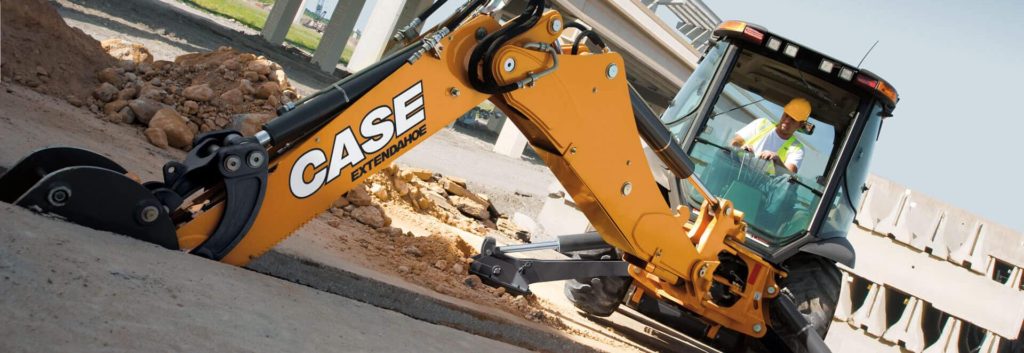Workers who spend much of their day outside performing manual labor or work in hot environments are susceptible to dehydration, heat stress, and other heat-related dangers. Employers should have plans and training in place to help staff avoid heat stress on the job site. The more your staff knows about the risks of heat-related illnesses, the better their health, safety, and productivity.
We at Eagle Power & Equipment care about our customers! We hope you find this information useful as you protect your crew from heat-related injuries.
Outdoor Heat Dangers
It’s critical for supervisors and foremen to monitor heat-related risks and to have plans in place to mitigate heat stress on the job site.
The risk of heat stress may be evident during summer months, yet autumn is known for some surprisingly hot days and any worksite where the sun’s hot rays beat down when cool air is blocked or while on a hot surface may pose a risk no matter the season.
Indoor Heat Dangers
The following situations present potential hazards at your indoor worksite:
- Temperatures above 80 degrees, exacerbated by physical demands
- Poor air circulation
- High humidity
- Additional heat sources, such as welding equipment or furnaces, beyond outdoor influences
- Non-wicking, heat-retaining clothing
- Protective gear
Of course, employers also should discuss with HR any concerns about a staff member’s pre-existing health conditions that could be potentially worsened by heat stress.
What Are the Signs & Symptoms of Heat-Related Illness?
Recognize the following signs and symptoms of possible heat stress and/or heat stroke:
- Unusual fatigue
- Thirst
- Excessive Sweating
- Muscle Cramps
- Dizziness or fainting
- Rapid heart rate
- Skin rash
Supervisors and coworkers should be familiar with these heat stress symptoms and report them immediately. First aid should be readily available at each worksite, with designated staff (and ideally all staff) trained in administrating first aid to affected workers.
Ways to Avoid Heat Stress & Heat-Related Illness
Safety plans need to be in place at all high-temperature work environments, so your employees avoid heat stress. The supervisors in charge of creating a heat-illness prevention plan should be the one who is on the job site where the risk takes place. If not, he or she should ask that on-site person for input. It’s essential to know all potential heat risks your workers may face.
Pay special attention to any new workers on the job site and monitor them for signs of heat stress. Acclimatization plays a vital role in preparing workers to keep healthy in hot environments. New employees may need to have more frequent intervals of rest and drink more water while they get used to strenuous work conditions.
If You Observe Signs of Heat Stress:
- Get the employee in shade or a cooler setting
- Place ice packs, cool towels, etc. on the employee’s neck, head, and armpits.
- Provide water or electrolyte beverage
- Alert the appropriate personnel
- When in doubt, call 911
You can find additional tips on how to create a heat illness prevention plan from OSHA. Another helpful resource is the online Heat Illness Prevention Training Guide: A Lesson Plan for Employers.
